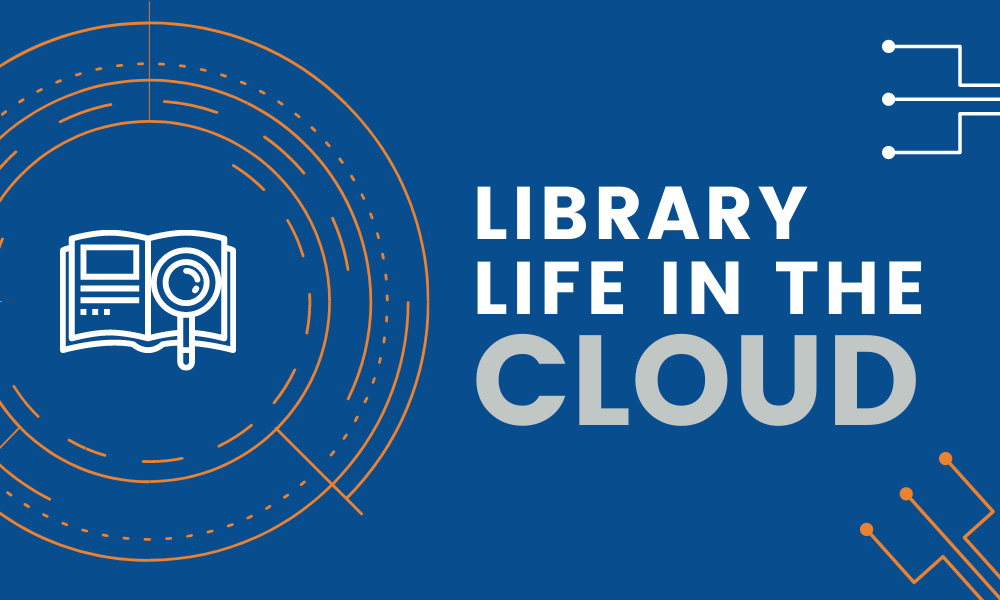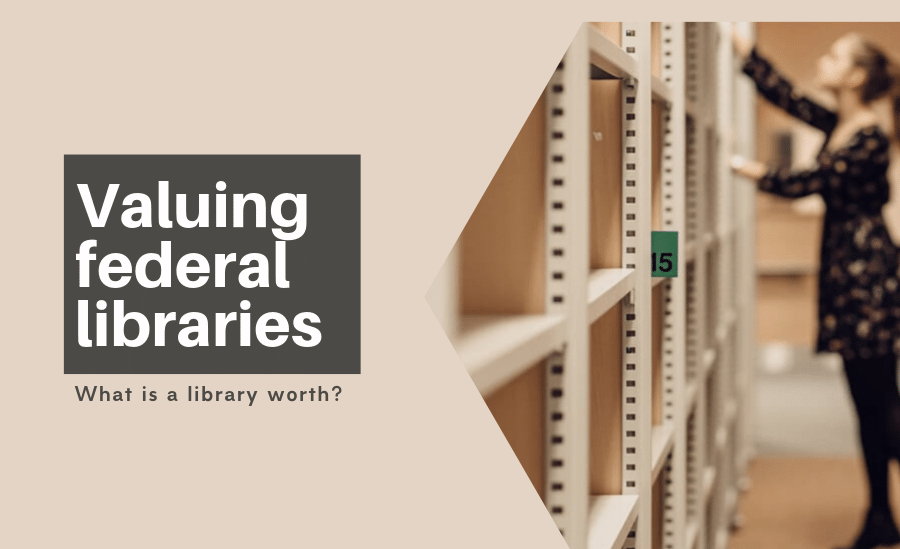What we think of as “the library” is undergoing a revolution. Now that more information is available digitally, many libraries have been downsized and the need for floor space is greatly reduced. Most libraries that remain have greatly diminished their footprint. Like academic libraries, special libraries such as law firm, corporate and government agency libraries are evolving from being a place to being a service. Space is configured differently for more diverse use, and libraries are now places for knowledge sharing, information access and collaboration.
With less space taken up by books and periodicals, the library of the future will have to be more functional, flexible and adaptable to user needs. No longer just hushed places where people read or research in isolation, they must become places where people meet and collaborate while, at the same time, preserving private, quiet areas for individual work.
Special libraries can reflect the general spatial changes undertaken by their organizations
According to Steven J. Martin, principal in the Gensler law firm (AALL Spectrum, Vol. 22, Oct. 2017), law firm space is consolidating in response to a downsized legal market and higher real estate costs:
“Firms are exploring creative strategies to accommodate growth in a reduced footprint and be more efficient.”
Today’s lawyers prefer to get out of their private offices to collaborate with colleagues, with open work areas increasingly the norm. Office zones are often adjacent to group gathering areas, some furnished as more formal meeting rooms and others as casual settings, all with wireless connectivity.
Technologies “untether us from our desks and give us the freedom to work nearly anywhere,” Martin writes.
There is no reason these trends can’t be reflected in the new law or corporate library. Following are some of the prevailing themes that have emerged in next-generation library design.
Diverse collaborative areas
- Meeting spaces or “team rooms” with whiteboards and large, flat-panel monitors to view documents and facilitate collaboration, equipped with audiovisual capabilities that support virtual as well as face-to-face engagement.
- For work requiring greater privacy and concentration, “focus rooms” furnished in a variety of ways can be quiet places for one-on-one discussions or conference calls.
- According to Building Design + Construction magazine, some academic libraries use a “commons” model that blends computer services with traditional library reference and research resources, serving as a central hub for users to gather, collaborate and utilize technology features.
Flexible design to allow changing the space periodically based on current needs
Movable walls or partitions, screens and modular furniture can allow for adaption of the space configuration as need dictates, for instance to accommodate a special meeting, work group or large presentation.
Laptop/tablet use and internet access as well as printing access from anywhere in the library
This includes charging and docking stations for mobile devices, powered tables, furniture and floor systems.
Plenty of natural light and outside views
Natural light is good for mental health and conducive to learning and productivity. Libraries no longer have to be dark inner sanctums illuminated by artificial light. This can be accomplished by maximizing exterior windows, creating interior windows to allow sunlight to penetrate farther into the space, and lowering shelving.
Creative use of currently unused spaces—“spaces between spaces” can become utilitarian
- Corridor walls can become a gallery for rotating exhibits such as art displays or historical and educational exhibits.
- Unused wall space near an entrance can become a communication tool for library users and staff, such as a bulletin board for notices and messages.
The concept of service design
According to Reed College’s Joe Marquez and Annie Downey in their article, “Service Design: An Introduction to a Holistic Assessment Methodology of Library Services” (Weave: Journal of Library User Experience), there is an increasing focus on the user experience in libraries and an emphasis on including the user in the design process to create a more functional end product.
“The service design methodology can assist in the creation and refining of services that are based on demand rather than creating services around national trends,” they write.
Currently, library functions tend to be siloed and each service—circulation, reference, computer lab—developed in isolation from the other services offered. Work tasks are often isolated from one another in libraries, both physically and mentally. For example, technical support may be on a separate floor or even a separate building from the main library.
The concept of service design “demands that we look at our seemingly disparate services as a whole entity and from users’ perspectives,” according to Marquez and Downey.
Input from diverse stakeholders on how they would like to see the space configured
The library design team should employ a user working group that provides feedback from a diverse group of patrons and stakeholders. An ideal design team will have representatives from different functional areas of the library—reference, circulation, technical services, etc.
Also critical to developing a user-focused library design are use of focus groups and interviews and surveys of patrons.
Develop a working prototype or pilot and test it with actual users before creating the final design. According to Marquez and Downey, a functional prototype helps in the overall design process by moving the abstract to the real.
Let LAC Federal help
As the creators of Library as a Service®, LAC Federal offers research and other virtual/digital library services, as well as support for physical libraries. Whether you need help relocating a physical library, ramping up a digital library or any other library services, remember LAC Federal.



